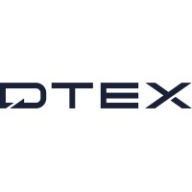

Find out what your peers are saying about IBM, Exabeam, Varonis and others in User Entity Behavior Analytics (UEBA).
| Product | Market Share (%) |
|---|---|
| Securonix UEBA | 2.9% |
| Dtex Systems | 3.1% |
| Other | 94.0% |
Dtex includes advanced user behavior intelligence. This intelligence automatically baselines normal user activity and identifies anomalies. This allows Dtex to detect and alert on the "unknown unknowns" - never-before-seen suspicious behavior.
Securonix User and Entity Behavior Analytics (UEBA) leverages sophisticated machine learning and behavior analytics to analyze and correlate interactions between users, systems, applications, IP addresses, and data. Light, nimble, and quick to deploy, Securonix UEBA detects advanced insider threats, cyber threats, fraud, cloud data compromise, and non-compliance. Built-in automated response playbooks and customizable case management work flows allow your security team to respond to threats quickly, accurately, and efficiently
We monitor all User Entity Behavior Analytics (UEBA) reviews to prevent fraudulent reviews and keep review quality high. We do not post reviews by company employees or direct competitors. We validate each review for authenticity via cross-reference with LinkedIn, and personal follow-up with the reviewer when necessary.